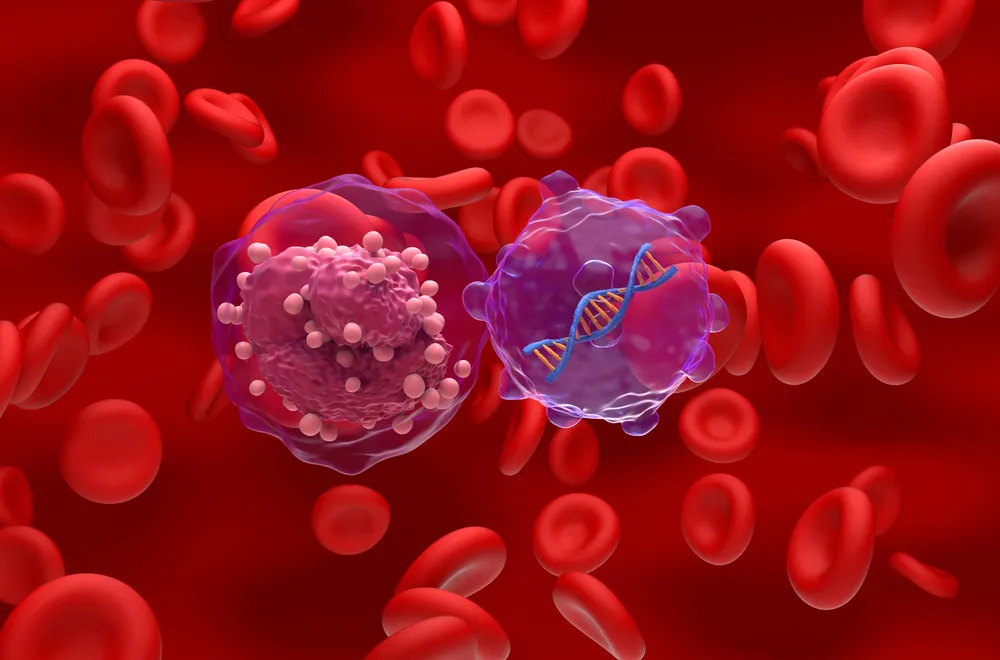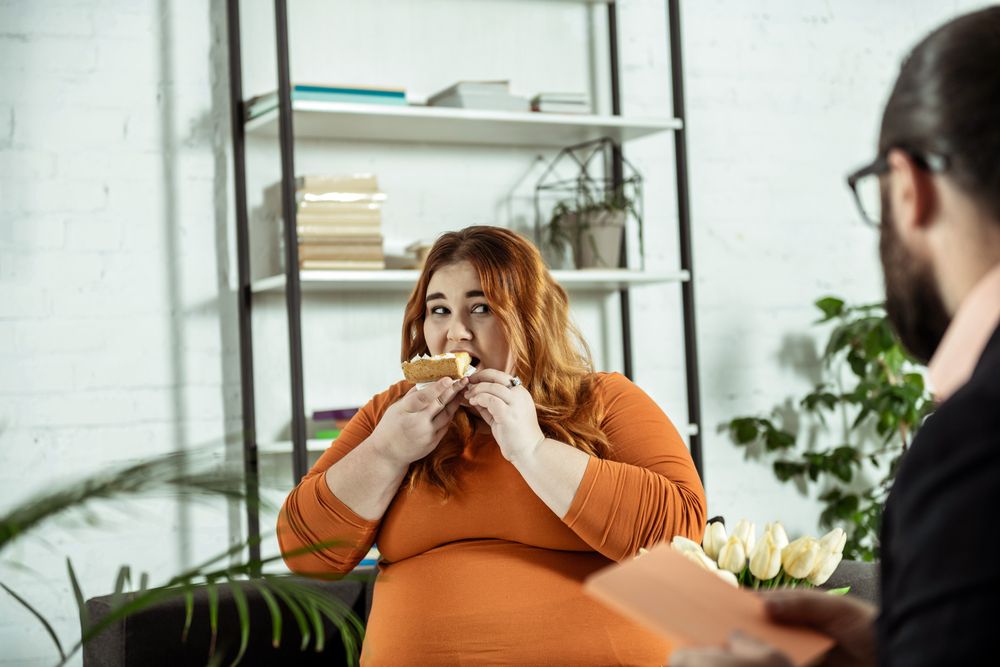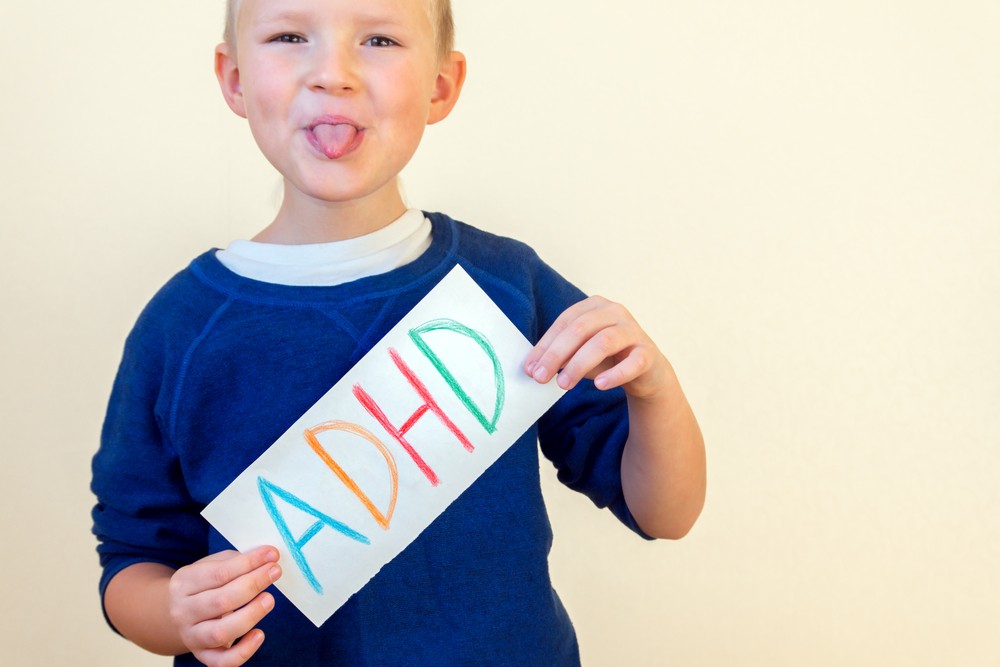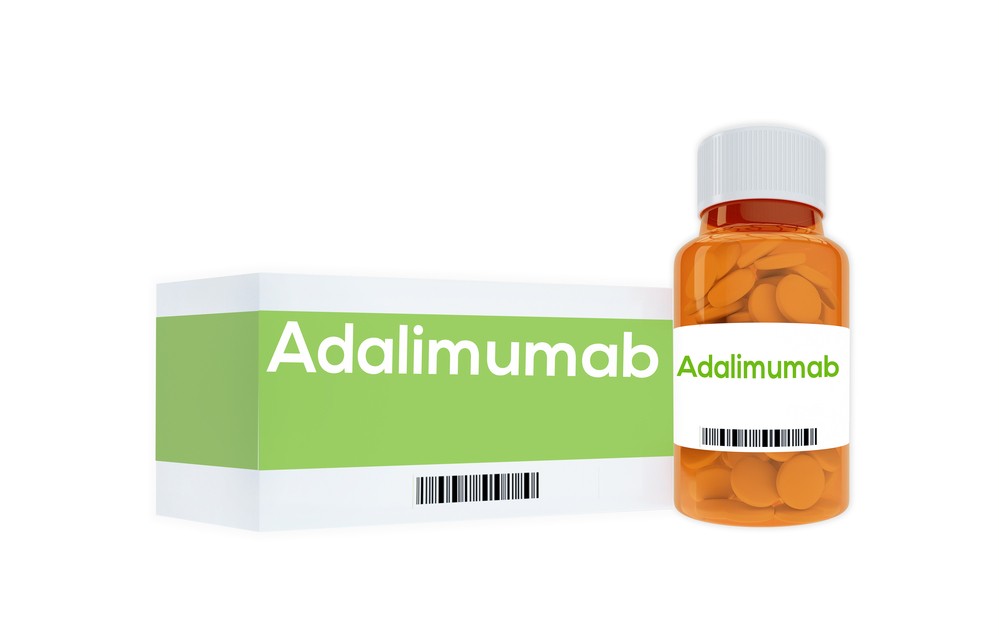
I recently saw a patient, a man about age 60, who has been diagnosed with chronic lymphocytic leukemia. This is called a chronic disorder because even though it is a malignant cancer in the blood, it usually develops slowly. The main problems are that patients with chronic lymphocytic leukemia can develop second cancers, which can be hard to treat and can be deadly. Patients with chronic lymphocytic leukemia also develop infections because the cancer cells crowd out the good infection fighting cells. This man asked if there was anything he could do about either the second cancers or the infections.
I told him that there were things that he could do about both second cancers and infections. None of the things to do are guaranteed but these things may help considerably.
Patients with chronic lymphocytic leukemia should not take in any carcinogenic cancer causing chemicals. Such patients are more prone to cancer already. But how does one avoid such chemicals. Obviously, none of us want to develop cancer of any kind. Unfortunately the National Cancer Institute has never made a really good study of our diets to tell us what is the best diet for avoiding cancer. But if one studies all the chemicals in food known to cause cancer, one group stands out. These are the polycyclic aromatic hydrocarbons. These are chemicals developed when there is incomplete burning or incomplete combustion. This occurs in cigarette smoking but also in other places. The main other place is over a charcoal grill, followed closely by gas grills. Smoked foods also contain these cancer causing chemicals.
Why are the polycyclic aromatic hydrocarbons so bad and is there really enough there to cause problems? These hydrocarbons are bad for several reasons. The first is that they are very potent at causing cancer. They both initiate and promote cancer. Second, the body thinks they look like cholesterol and pumps them everywhere. Third, they stay in the body a long time, up to a month. Fourth, and perhaps most importantly, they taste good and then people eat them without being able to appreciate the danger.
How much is there? A charcoal grilled steak weighing 2.2 pounds (1 kg) contains the same amount of cancer causing chemical as in 600 cigarettes. That 2.2 pound steak contains the same amount of cancer causing chemical as 1 pack per day of cigarettes. That’s a lot. That amount of meat is not so hard to reach in one month, ¼ pound grilled hamburger twice a week will be enough.
There is nothing else in our diets that comes close to the polycyclic aromatic hydrocarbons from the charcoal grill. Anyone concerned about cancer for any reason should be avoiding these chemicals. The gas grill is perhaps modestly better but only if the fat of the meat is not allowed to splatter on the meat. Smoked foods are bad also. If you attend an event where the cooks are charcoal grilling, place a piece of aluminum foil between your meat and the flame. The meat will taste different but you will not be eating all the cancer causing chemicals.
What about infections? As noted above, patients with chronic lymphocytic leukemia are more prone to infections. So is there any way to reduce the possibility of infections? Is there anything else which promotes infections which these patients and really all of us can do something about? That something is the yeast Candida albicans. Candida albicans is found in the gut after antibiotics have been given.
In the 1950’s when tuberculosis was much more of a problem, researchers asked a simple question. Do Candida albicans and tuberculosis grow better together? Do they like each other? The answer is that they do. Tuberculosis grows better around Candida because Candida makes growth factors for tuberculosis. This kind of experiment has been done with other infection causing bacteria and Candida helps those bacteria also. The general principle is that Candida aids the “bad bugs”. In fact I think the “bad bugs” are the “bad bugs” because they get along with and are helped by Candida.
How do patients with chronic lymphocytic leukemia clear Candida so that they are less susceptible to infections? There are two parts to this treatment, a special diet described in our book Feast Without Yeast and the non-absorbed medicine nystatin. This combined treatment should help patients with CLL reduce their likelihood of infections. This treatment is not toxic and is described more fully on a different page on this website. Please click Candida therapy.
Chronic lymphocytic leukemia is a hard disorder to face but the reduction of dietary cancer causing chemicals and treatment of Candida are two steps which may help.







